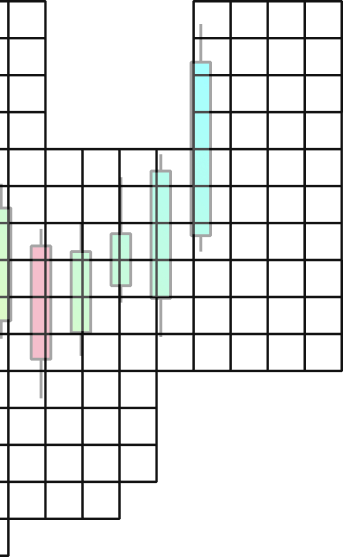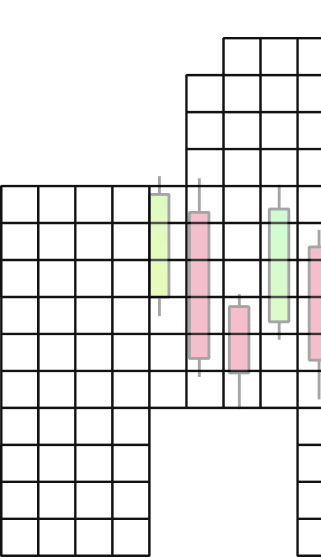A Beginner’s Guide to Leverage in Trading: How It Works and What to Watch Out For


Introduction
Leverage is one of the most powerful — and dangerous — tools in trading.
It allows traders to control large positions with a relatively small amount of capital. This means you can amplify profits… but also magnify losses.
If you’re just starting out, understanding leverage is crucial before you enter your first trade. This blog explains how leverage works, its pros and cons, and how to use it safely and wisely.
What Is Leverage in Trading?
Leverage is the use of borrowed funds (usually from a broker) to increase the potential return on investment.
It’s expressed as a ratio — for example:
- 10x leverage means you control 10 times your invested amount
- 100x leverage means 1 unit of your money controls 100 units of market exposure
Leverage in Action: A Simple Example
Let’s say you have ₹1,000 in your trading account and access to 500x leverage.
- You can open a trade worth ₹1,000 × 500 = ₹500,000
- If the price moves +1% in your favor, you make ₹5,000 (500% return)
- But if the price moves -0.2% against you, you lose your entire ₹1,000
Leverage increases both reward and risk. Even small price movements can have a huge impact.
Where Is Leverage Commonly Used?
- Forex Trading: Often offers leverage from 30x to 500x
- Crypto Trading: Some exchanges offer up to 100x leverage
- Commodities and Indices: Typically offer 10x–100x leverage
- Stock CFDs: Usually lower leverage (2x to 20x)
Advantages of Leverage
- Higher profit potential with less capital
- Access to larger positions and market opportunities
- Ideal for short-term trading strategies like scalping and day trading
Risks of Using Leverage
- Increased losses — you can lose your initial margin quickly
- Margin calls — if your trade goes against you, you may be forced to add funds or close your position
- High volatility + leverage = danger
- Emotional pressure can lead to bad decision-making
Many new traders misuse leverage and burn out quickly. Risk management is non-negotiable.
Tips for Using Leverage Responsibly
- Start with low leverage (5x–10x) while learning
- Always use a stop-loss to cap your losses
- Risk only 1–2% of your account per trade
- Understand the liquidation level — know at what point your position will be closed
- Monitor news events that could cause sharp price swings
- Never trade more than you can afford to lose
Why Most Traders Lose with High Leverage
- Lack of understanding about margin requirements
- Chasing losses with bigger trades
- Emotional reactions to volatility
- Overtrading due to the “easy money” illusion
Even professional traders use moderate leverage combined with strong discipline.
Conclusion
Leverage can be a double-edged sword. It offers exciting profit potential, but also introduces significant risk, especially for beginners.
If used wisely, leverage can enhance your strategy. But if misused, it can wipe out your capital in moments.
Take the time to:
- Understand how leverage works
- Combine it with solid risk management
- Start small, grow steadily
Remember, successful trading isn’t about hitting home runs — it’s about protecting your capital and playing the long game.


Start trading in 3 simple steps
1
Quick Registration
Sign up with just an email and phone number.
2
Deposit Instantly
Super-fast deposits via UPI or bank transfer.
3
Start Trading
Start trading in seconds on global exchanges.
Contact Our Team




